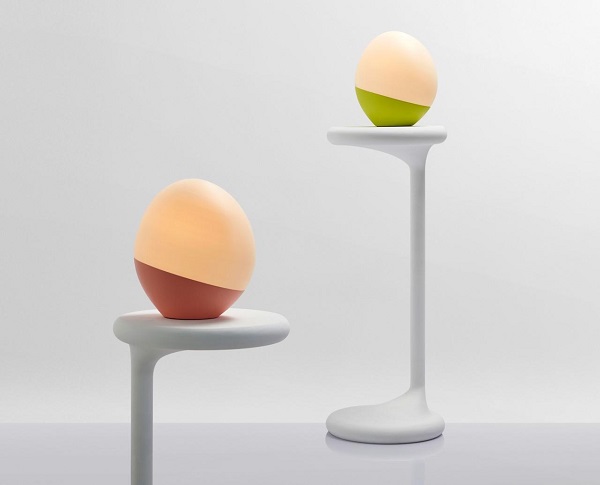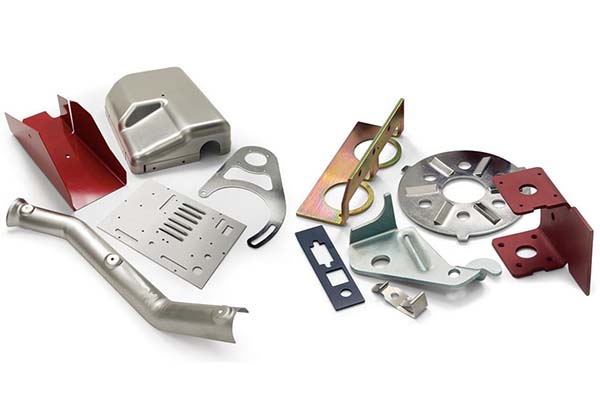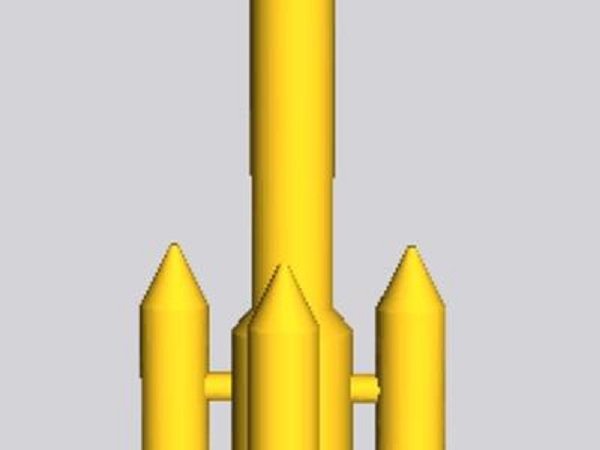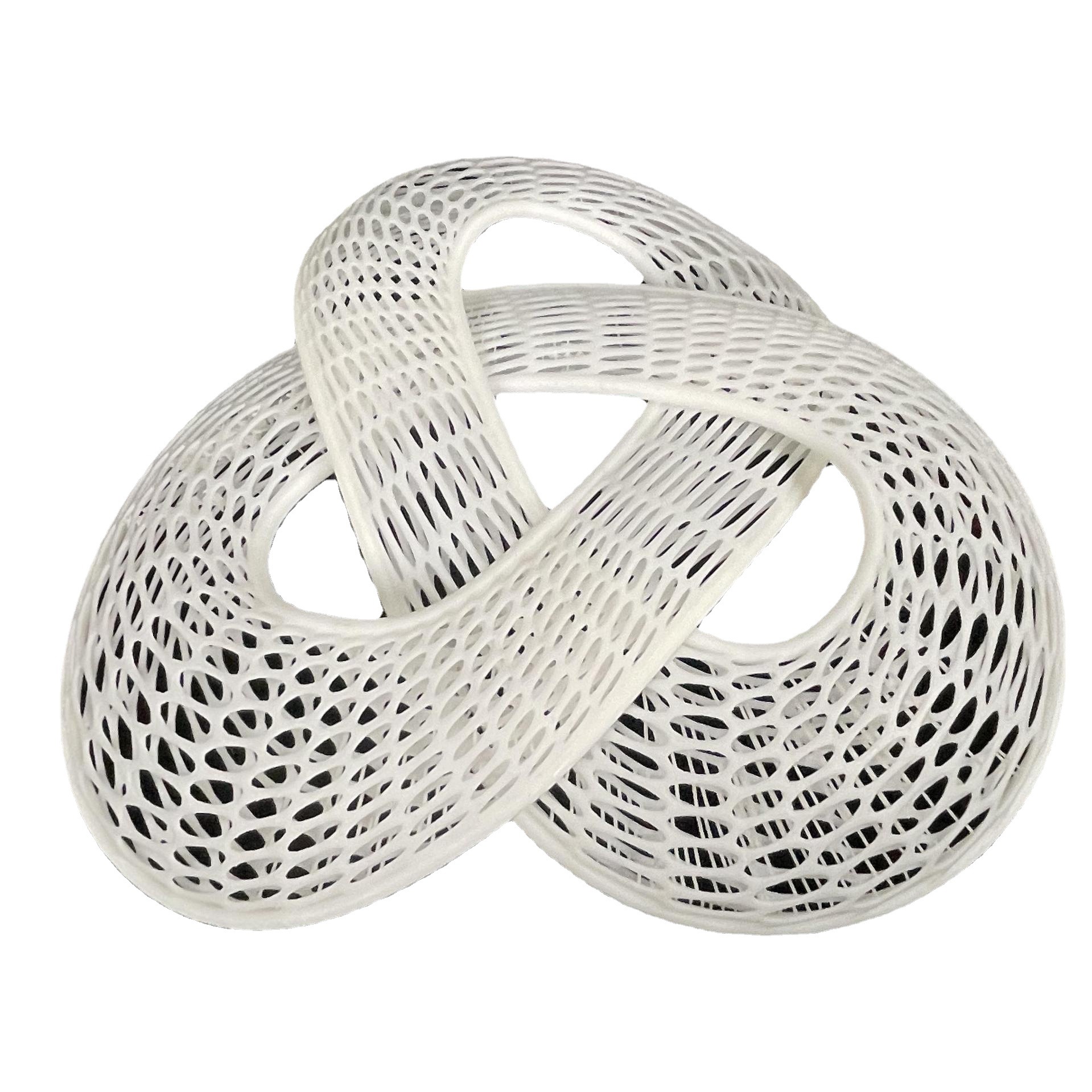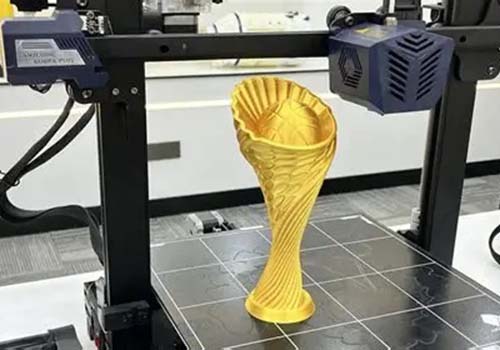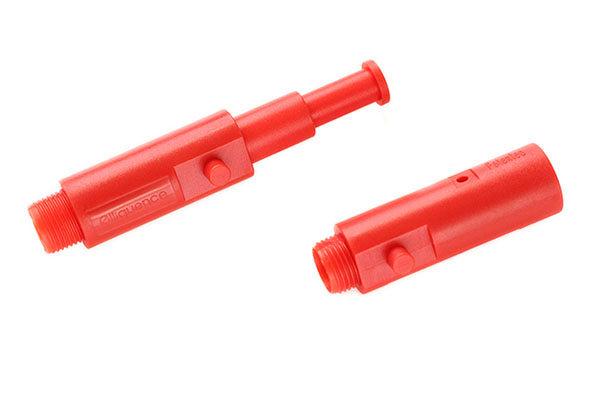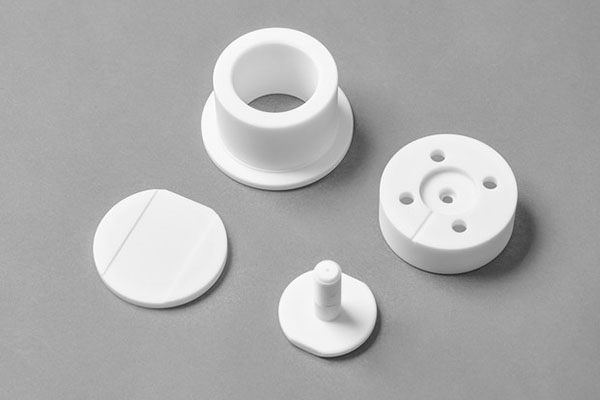Different Applications of 3D Printing Services in NZ
In the Manufacturing Industry
In the manufacturing industry, 3D printing has emerged as a game - changer. For example, Hartley Engines, a renowned racing engine manufacturing company in New Zealand, has successfully integrated 3D printing into its production process. They use 3D printing to create engine components such as intake manifolds and induction parts. By using 3D - printed parts made from high - performance polymers like carbon - fiber - reinforced nylon, they have achieved a significant reduction in heat transfer in the intake system. This has led to cooler air entering the engine, improving combustion efficiency and ultimately enhancing the engine's performance.
Moreover, 3D printing allows for the production of parts with complex geometries that are difficult or impossible to manufacture using traditional methods. In a study by the University of Auckland, it was found that 3D - printed prototypes in the manufacturing industry reduced the product development cycle by an average of 30 - 40%. This is because 3D printing enables rapid prototyping, allowing manufacturers to quickly test and refine their designs before mass production. Additionally, companies can save on inventory costs as they can produce parts on - demand rather than stockpiling large quantities of spare parts.
In the Healthcare Field
The healthcare field in New Zealand has also witnessed remarkable advancements due to 3D printing. Custom - made prosthetics are one of the most prominent applications. For instance, the Auckland District Health Board has been using 3D printing to create customized prosthetics for patients. By scanning the patient's residual limb, they can design and print a prosthetic limb that fits perfectly, providing better comfort and functionality. This personalized approach has significantly improved the quality of life for amputees.
3D printing is also used for creating medical models. In a recent research project at the University of Otago, 3D - printed models of organs were used to help medical students better understand complex anatomical structures. These models can be made with different materials to mimic the texture and properties of real organs, enhancing the learning experience. According to a survey of medical professionals in New Zealand, over 80% believed that 3D - printed medical models had a positive impact on surgical planning and patient education. Additionally, 3D - printed implants are being developed, with the potential to provide better compatibility with the patient's body, reducing the risk of rejection.
In the Creative Arts and Design
In the creative arts and design realm, 3D printing has opened up a world of possibilities. A local jewelry designer in Wellington, Jane Thompson, has been using 3D printing to create unique and intricate jewelry pieces. She can design highly detailed patterns and shapes that would be extremely challenging to achieve through traditional jewelry - making techniques. For example, her 3D - printed necklaces feature delicate lace - like patterns that are both light - weight and visually stunning.
3D printing has also made its mark in large - scale art installations. At a recent art exhibition in Christchurch, an artist used 3D - printed components to create a large - scale kinetic sculpture. The ability to print complex, interlocking parts allowed for the creation of a moving art piece that was both mechanically sound and aesthetically pleasing. According to a survey of New Zealand designers, 3D printing has enabled them to bring 40% more innovative and complex design concepts to life compared to before they adopted the technology. It has also reduced the time and cost associated with creating prototypes for new designs, allowing designers to iterate more quickly and bring their creations to market faster.
How to Choose the Right 3D Printing Service Provider in NZ
Consider the Equipment and Technology
When choosing a 3D printing service provider in New Zealand, the equipment and technology they use are of utmost importance. Different types of 3D printers are suitable for various applications. For example, Fused Deposition Modeling (FDM) printers, which are relatively common, are great for creating prototypes with a wide range of thermoplastic materials like PLA and ABS. They are cost - effective and suitable for projects where high precision isn't the top priority, such as simple product prototypes or educational models.
Stereolithography (SLA) printers, on the other hand, are known for their high - resolution prints. They use a laser to cure liquid resin, resulting in smooth - surfaced and highly detailed objects. If you need to create intricate jewelry models, dental implants, or detailed art pieces, an SLA printer would be a better choice.
Selective Laser Sintering (SLS) printers are ideal for producing functional parts with complex geometries. They work by sintering powdered materials together, and the unsintered powder provides support during the printing process. This makes them suitable for applications in the automotive and aerospace industries, where parts need to be strong and lightweight.
A service provider with advanced equipment can not only handle a wider variety of projects but also ensure better quality and efficiency. For instance, some state - of - the - art 3D printers can print multiple materials simultaneously, enabling the creation of more complex and functional objects.
Look at the Service Provider's Experience and Reputation
Experience is a key factor in determining the quality of 3D printing services. A service provider with years of experience in the industry is more likely to have encountered and solved various problems, ensuring a smoother printing process for your project. You can check their portfolio to see the types of projects they have completed in the past. For example, if a service provider has a long list of successful medical - related 3D printing projects, it indicates their expertise in that area.
Reputation is also crucial. Reading customer reviews and testimonials can give you a good idea of what to expect. Positive reviews often highlight aspects such as high - quality prints, on - time delivery, and excellent customer service. Case studies can also be very revealing. For example, a case study might show how a service provider helped a local business reduce its product development time by 50% through efficient 3D printing services. Additionally, you can ask for references from the service provider and contact their previous clients directly to get first - hand feedback.
Yigu Technology's View
Yigu Technology, as a non - standard plastic metal products custom supplier, sees great potential in the 3D printing services in New Zealand. 3D printing technology has opened up new possibilities across multiple industries, from healthcare to manufacturing. We believe that in the future, 3D printing will play an even more significant role in custom - made product manufacturing.
Combining our expertise in non - standard products with 3D printing technology, we can offer more innovative solutions. For example, we could use 3D printing to create prototypes of non - standard plastic or metal parts quickly, reducing the time and cost of traditional prototyping methods. This would enable us to better serve our customers by providing faster product development cycles and more customized solutions. The versatility of 3D printing allows us to explore complex geometries that were previously difficult to achieve, further enhancing the functionality and uniqueness of our products. We are excited about the opportunities that 3D printing in NZ presents and look forward to leveraging this technology to drive innovation in non - standard product manufacturing.
FAQ
What types of materials can be used for 3D printing in NZ?
In New Zealand, a wide range of materials can be used for 3D printing. Plastics are very common, such as PLA (polylactic acid), which is biodegradable and often used for general prototyping and small - scale production due to its ease of use and relatively low cost. ABS (acrylonitrile butadiene styrene) is another popular plastic, known for its strength and heat resistance, making it suitable for more durable parts. Metals like stainless steel, aluminum, and titanium are also utilized, especially in industries where high - strength components are required, such as aerospace and automotive. For example, titanium is used to print parts in the aerospace industry due to its high strength - to - weight ratio. Additionally, materials like resins are used in SLA 3D printing for creating highly detailed and smooth - surfaced objects, commonly seen in jewelry and dental applications.
How accurate are 3D printing services in NZ?
The accuracy of 3D printing services in New Zealand depends on several factors. Generally, for Fused Deposition Modeling (FDM) printers, the accuracy can range from 0.1 to 0.4 mm. This level of accuracy is sufficient for many prototypes and functional parts in non - critical applications. Stereolithography (SLA) printers are much more precise, with an accuracy that can reach as low as 0.025 mm, making them ideal for applications where high precision and fine details are crucial, such as in jewelry making or creating detailed medical models. Selective Laser Sintering (SLS) printers typically have an accuracy in the range of 0.1 to 0.2 mm. Factors that can affect accuracy include the type of printer, the quality of the printing materials, the complexity of the design, and the calibration of the equipment. For instance, a poorly calibrated printer may produce parts with dimensional inaccuracies.
What is the typical cost of 3D printing services in NZ?
The cost of 3D printing services in New Zealand varies widely based on several factors. Material cost is a significant factor - 3D printing with metals like titanium or precious metals can be much more expensive than using common plastics such as PLA. The size and complexity of the object also matter. Larger objects require more material and longer printing times, thus increasing the cost. Complex designs may need additional support structures, which also add to the expense. On average, for a small, simple plastic part printed with FDM technology, the cost could start from as low as a few dollars. However, for a large, complex metal part printed using SLS or other advanced metal - printing techniques, the cost could be in the hundreds or even thousands of dollars.
